John Elms is president of Connexall USA of Boulder, CO.
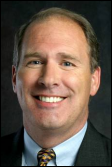
Tell me about yourself and the company.
I was the CEO at SpectraLink Corporation. SpectraLink did about half of their sales in healthcare. We built wireless telephones for the workplace. During my tenure as the VP of operations before becoming CEO and then as CEO, GlobeStar Systems, the parent company of Connexall, was my business partner. They were my master distributor for Canada. I partnered with them as I did with their competitors to make a market for the middleware solution that would connect my SpectraLink phones to patient monitors, nurse call systems, and other kinds of applications in healthcare.
I sold SpectraLink in 2007 to Polycom. I went off and did some start-uppy things in China and Silicon Valley, finished that up, and came back and reconnected with David Tavares, who is the CEO of Globestar Systems, my chief investor here – or sole investor, really – at Connexall USA.
David asked me if I would build out and operate a US company on his behalf, because while Connexall the product was installed in about 80% of the hospitals in Canada, nobody in the US really knew who we were. If there were such a thing as an 800-pound gorilla in Canada, we were it, but we were clearly flying under the radar in the United States.
Because of my prior experience at SpectraLink and SpectraLink’s brand recognition in healthcare and the fact that David and I had known each other for about 10 years, David asked me if would start up and run this company. We did that beginning in July of 2010. We’ve been in business here in the United States as a separate entity for just over a year now.
What are the most common medical devices that hospitals need to interconnect and what benefits are they seeing from doing that?
The business really started out by connecting nurse call systems to mobile phones. That freed the nurses from having to hang around a central station or look at lights being lit above doors, and really alert them on a mobile communication device that their attention was needed in one of their patient rooms. To the hospital, it provided speed of response, better patient care, better patient satisfaction. Nurse call was really the foundation of what got us all into this business.
Patient monitoring was the next logical step, so that nurses who are mobile throughout the unit could receive information about the status of their patients, particularly when they went in to some form of distress or some sort of out-of-bounds condition. What I heard at SpectraLink was that nurses saw this as a real benefit to their quality of work life. They were not tethered to a geographical location. They could be free to do their work within the nursing unit, but receive critical information at the point in time and wherever they were that they needed it.
Some adjuncts, we get into things like pumps and vents as devices as we’ve really grown and matured the market. Healthcare applications like patient wandering and infant abduction have been integrated into this world.
As we started to look to how to support the healthcare industry with the new emerging legislation tied to Meaningful Use and ARRA and all that sort of stuff, really now it’s about taking information from the EMR system — that electronic filing cabinet, if you will — and passing that back to clinicians.
In certain instances, it’s now critical lab results. Lab results get posted to the electronic medical record system, and those results get delivered to the clinician by Connexall so that the clinician knows that there’s information that is critical to their patient care that’s available and ready for their processing.
Really, any kind of smart medical device, smart medical application, even building management systems. There’s a case study about Disney Cancer Center where Connexall interfaces to the building management system to create an environment that is conducive to patient care and conducive to each individual patient’s definition of what is most conducive to their patient care. The drapes are open or closed, music on or television on, temperature warm or cool … all those kinds of things are catalogued when the patient is admitted. Connexall will adjust the environmental conditions to the patient’s specifications and as they move and out of their room as detected by RFID.
How does nurse call integration work and how does it fit in with specific systems like Vocera and Voalte?
In the case of Vocera and Voalte, we are the means by which those communication devices receive the nurse call notification, whether it’s Rauland-Borg or Hill-Rom or Intego … I think there’s about 27 different nurse call systems we connect to. When the patient actuates the nurse call button, Connexall will detect that. We’re an IT kind of application, so we sit on the network. We watch traffic going by. When we see a nurse call packet, we intercept it and we move that off to the Voalte device or the Vocera device or whatever device.
The primary, purpose-built application remains intact. The nurse call button rings at a nursing terminal at the central station as sold and built by the nurse call vendor. We just watch the packets go by and capture those and pass them as a secondary form of alert to those mobile devices.
Really, if you think about it, we’re a large trans-coding gateway. We can take the nurse call protocol, generally TAP, process that in Connexall, and send that out in the protocol that the communication device. In our case, we would send it to the Vocera server or to SpectraLink OAI, or now native SIP integration is the up-and-coming thing.
As more and more of these devices communication-enabled, how can hospitals use that flow of information to their advantage without turning staff into monitor-watchers who get overwhelmed with data noise?
I think there’s two key attributes that allow us to do that. One is particular to us, and that is the granularity with which we, I’ll just say, intelligently wrote those alarms. We can go into our interface client, and each interface client is a plug-in, if you will. That plug-in is architected to interface to the types of information that’s delivered from each medical device. They’re all custom to the medical device, so that if it’s a Drager monitor, there’s a Drager interface client or plug-in, and if there’s a GE, it’s a GE. It’s not one-size-fits all.
With that kind of custom development, we can very specifically identify the types and severity of the various alarms. For instance, on a Drager monitor, if it’s a leads-off alarm, we can route that to a patient care tech or a CNA, whereas if it’s a V-tach or a V-fib, we can send that to the RN. If it’s an asystole, we can trigger a Code Blue.
When you say how, do you keep the clinicians from being other than automatons that are watching alarms and alerts and monitors, the way we do that is we only send the alarms that they need to deal with or that they’re most appropriate to deal with as their workflow dictates. We don’t dictate. We interrogate, we analyze, we build the workflow based on how they do their business, and then we configure the system to accommodate that.
The second element — how do you keep them from being automatons? Well, we know that alarm fatigue is one of the key problems that nurses have. The fact that every application that a healthcare facility purchases has its own alert and alarm system, Connexall can be the chief aggregator for those alarms and the chief router for those alarms. The pump’s dinging, the vent’s buzzing, the nurse call’s ringing … we can just take all that in and ask, “What do you want to hear? From what device do you want to receive it? From on what device do you want it directed?”
We really configure so that we think what we do is we free up the nurses from having to deal with seven or 10 different alerting alarming systems and really be that chief aggregator and router for them. We really try and get at that problem of alarm fatigue and make them more meaningful such that the clinician can deal with that which really needs to be dealt with and the nuisance stuff goes elsewhere.
That article from Boston said nurses often fail to notice critical alarms in the ICU because alarms were going off constantly. Is that situation fixable?
I think it is fixable. I think that the root cause problem is alarm fatigue, and to the extent that we can minimize alarm fatigue by intelligently routing only the information they need to have, I think we get to the heart of the problem.
The Boston problem, as I remember the literature, was the nurse shut off the alarming capability of a patient monitor and they encountered sentinel event. It was at Mass General, right? The fix at the facility was, “Make it so the nurse can’t turn off the alarms.”
Now that’s kind of a blunt instrument approach to solving the problem. I’d like to think that we’d use a little bit more of a nuanced method, which is, let’s make sure the nurse is only getting the critical alarms. Let’s send the nuisance alarms either to a central stations, where you’re paying a different class of person, a different caliber, a different skill set, to watch everything that goes on. The RN, whose job it is to make people well and keep people safe, is really only being interrupted by the information that he or she needs to deal with.
Connexall really does get to the heart of that problem. We really do believe that we stand apart from others who purport to do what we do. Many in this space are focused on alerts and alarms. We’ve tried to get above that and really look at ourselves as an integration platform and take heterogeneous, disparate systems and getting a consolidated point of management visibility communication. Sitting above the fray, if you will, and not just adding to the noise level.
Because we’re this engine that sits above all those beeps and sounds and music and everybody thinks they have to be a smart device, we integrate all these things that beep and burp and make noise. When you talk about sensory overload, these people are having a tough time discerning between noises. They sound alike. The answer isn’t to make everything smarter, but to pull it together so that you can see patient from a holistic view.
That’s our goal. It’s what we do at the front end of these projects. We sit down with the people who actually give the care and talk about what they’re measuring, what they need to know, and who needs to get it. It’s not just independent beeps and buzzes. It’s a holistic view of patients, critical information, critical tasks, and critical people who need to work around that patient. We pull it all into one system.
Along those lines, the home health personal monitors have gotten pretty sophisticated, but the gripe against those is, “Who’s going to sit around and watch these streams of data coming in?”
That’s true. With the whole move towards ACOs and more people receiving home-based care, that’s a market we haven’t tackled yet. We’ve been very focused on acute care, generally 200 beds or larger kinds of facilities. But increasingly the lines are going to get blurred.
One of our accounts is the MD Anderson Cancer Center. They told me when I was talking to them about their IT strategies that they saw themselves as unique because the line was pretty blurred between inpatient and outpatients at their facility. I think that’s going to become the norm. Admittedly we haven’t tackled it. We’re going to have to get after that one before too long and figure out how maybe Connexall can help in that market as well.
Can you verify that the information you send was received?
We absolutely can. It’s a two-way communication medium. The administration terminal will show a blue checkmark on the icon, so if we trigger an alert, the alert will go on what we call – and now we’re even into buzzwords here – an active alarm client, but we’ll have an alarm screen. The alarm screen will show the status of all active alarms, and those which had been dealt with receive a blue checkmark.
If you’re a clinician and the nurse call system sends you a message, you can accept it, in which case it will stop alarming, but it’s going to wait for you to close that call at the bedside because we want to know that you actually went to the bedside. We’re not going to let you close it from the phone, although from the phone, you can escalate it. Usually with another patient, somebody else needs to deal with it, in which case Connexall will send it to that nurse’s buddy or designee for escalation.
In some cases with Connexall, you can trigger an event. You might send nurse calls to a central call desk. They would screen the alarm. They would see “is it pain, is it water, is it AV equipment” – I’m told 40% of nurse call has to do with “I can’t make my TV work” — and Connexall could redirect that alarm to the appropriate person.
It really is a very flexible system that allows you to do many kinds of responses, but the basic response is, “Yep, I have it.” When you so respond, the person who generated the request or the alarm that was generated by a machine will show a blue checkmark that says, “It was received and it’s been accepted.”
This is an intelligent routing, that front-end workflow that’s so important that says, “What do you want to have happen?” There are three shifts, there are four shifts, a number of teams, code teams, who’s on who’s off that day — where do you want that message to go and what does success look like? That one team, a complete team if it’s a code, all have attended and how do you know that?
We build all of that in. It’s the wrong point of view that we only do alerts and alarms. We are this communication with collaboration platform. At the front end, we can talk about and reassign and reorganize workflow across tasks, people, departments, floors. It can be lab results coming back. It’s not just about alert and alarm management.
I just want to make sure we’re heard. I think what we’re doing is pretty unique competitively. Our value proposition is pretty unique in today’s space.
Is alarming and alerting strategic for hospitals and where do you see it going in the future?
Is it strategic in hospitals? This is an interesting question. I think I could make an argument both ways.
I think basic alerting and alarming … it’s jacks or better in this space. There’s probably a tactical kind of attribute that makes the nurses more effective. Perhaps it helps staffing and will help with some of the shortages that we find in certain of the specialties, allow them to cover more space with fewer folks.
I think where it gets strategic is as we get into Meaningful Use Phase 2 and the requirement to interconnect all these smart medical devices and healthcare information systems. As we know it — or as we used to know it in the old days — it was a tactical kind of application just making the nurse call system more effective, making the patient monitoring and information more readily available. I think that’s tactical.
With Meaningful Use Phase 2 and successors to that related to healthcare legislation, I think it moves into the strategic. I’d like to believe that we will move in that direction and maybe a little further, faster, and better than some of the folks that are still focused principally on alarms today.
I would say nurse call integration is tactical and what Connexall does is strategic. What we do is bigger than one device, one way of looking at patients … that part of why we hurt people when they come in the hospitals with wrong treatment, alarm fatigue, and a lot of other things is we don’t collaborate, we don’t talk, we don’t talk across departments, we won’t talk across teams, we don’t have a holistic view of patients.
I think that we don’t share information very well. The goal of sharing information and reducing all of these untoward events that we don’t want to have happen and we don’t want to make the front page in the newspaper … we’ve got to show that we’re delivering better care for better outcome. If we can’t do that, we should all go home.
Technology has over-promised what it could do since the very beginning. Technology enables clinical people to deliver better care. EMRs are great at collecting data from all kinds of places, but we need to get it out. We need to get it out of the EMR, out to the people who are actually delivering the care. That is a strategic initiative. We believe that we are right in the center of getting data out to the teams of people who need it.
Some of that are devices, some of that are tasks, some of that is workflow, staff management, efficiency tools, all kinds of other things. It’s the whole system view, not nurse call integration, which is where this industry started. That’s over. That’s one small component. It’s not what we’re about.
Today it is one application. It is important, it’s nice to have, but where we are today is around a “have to have,” which is teams of people need more complete information around patients to take better care of them. That’s where we fit — right in the middle of that whole collaboration process.
Comments Off on HIStalk Interviews John Elms, President, Connexall USA






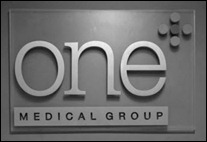
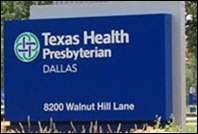
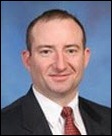





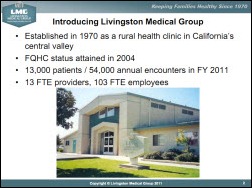
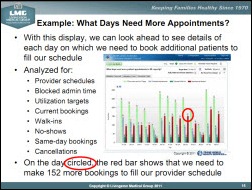
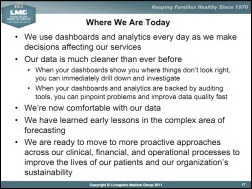




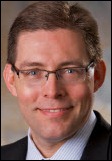


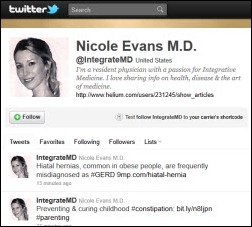
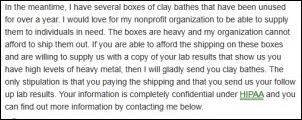






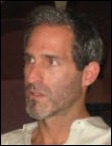










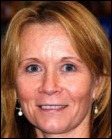


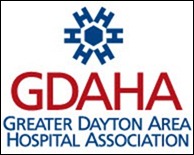





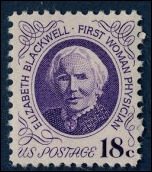




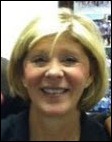

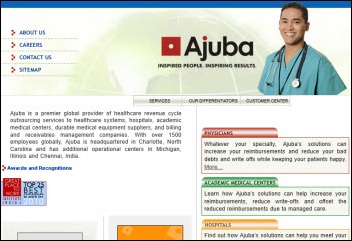
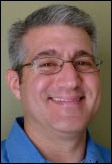

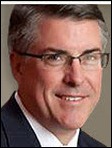
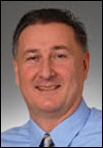
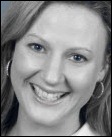



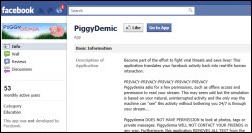

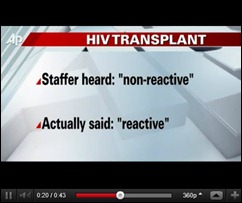
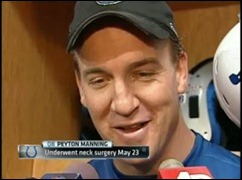

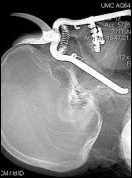





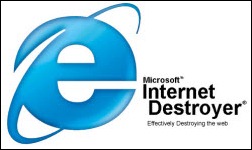

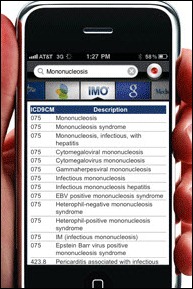
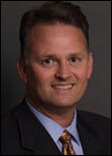












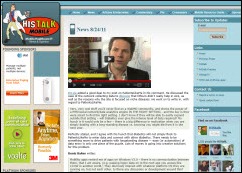


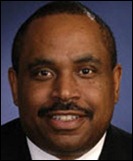

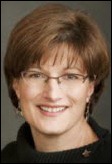
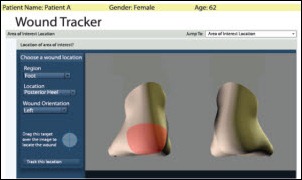
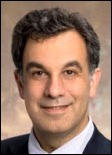

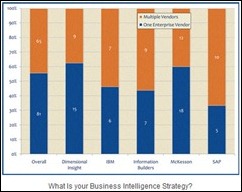



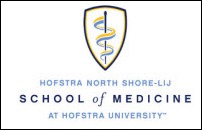

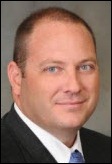



The author here keeps introducing irrelevant ideas. It's true that there are nimble organizations and bureaucratic ones. What is the…